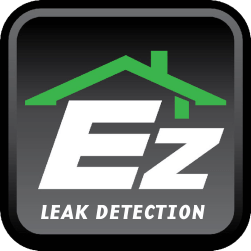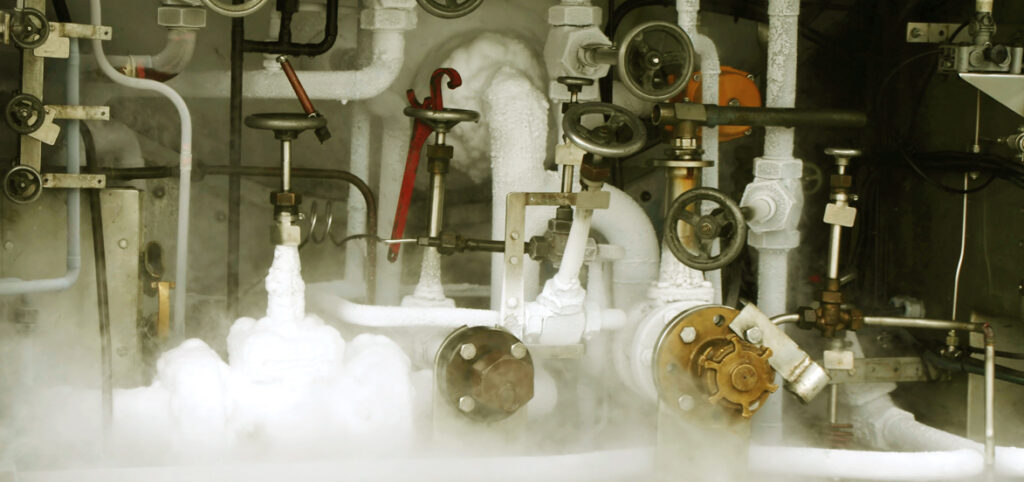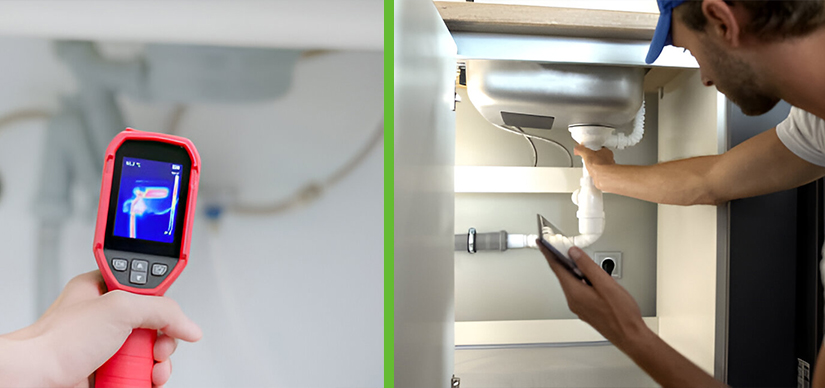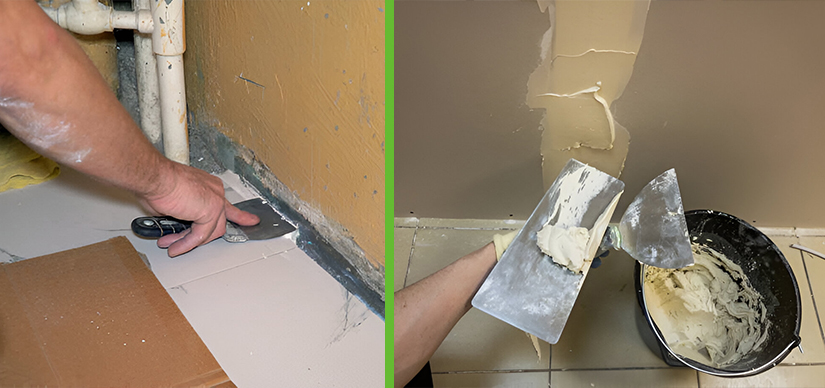Allow Faucets To Flow
One good way to keep your pipes from freezing is to leave a faucet working. You do not need to keep open the facets of all of the sinks at home. First, identify those that are fed by exposed pipes. Once you have simplified this down, have a few faucets on, especially when the cold gets extreme.
.
Running water, a good small outflow, bears more internal force than standing water. Due to the friction developed by the constant motion, moving water produces a handful of heat, and it is more and more difficult to freeze running water. Leaving faucets running, the action may help stop ice obstructions from developing in your plumbing.
A running tap also minimizes pressure buildup in cold plumbing. This can help to keep your water lines from being filled, even though water inside stalls. If both hot and cold water lines are uncovered, leave both somewhat operating to be sure pressure does not develop in one rather than another.
In case you are faced with a scenario where faucets are not working properly due to ice blockages within the pipes, consult an experienced plumber offering repiping services in San Diego. Expert advice will help you in preventing a major pipe burst and a lot of water damage.


















